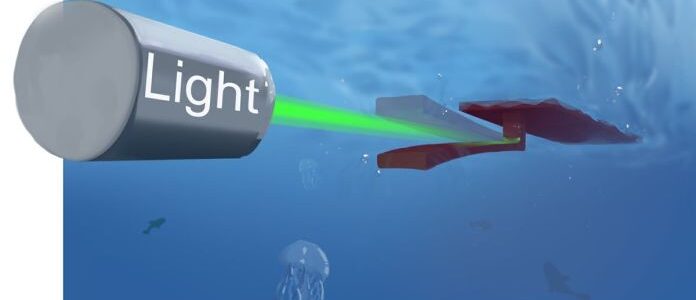With another pandemic-laden year drawing to a close, we take a look at some of the best engineering blogs of 2021. As a leading provider of precision engineering services, we strive to bring you the latest news and updates from around the world. Our goal is to keep you up to date with all things engineering, manufacturing and new technologies.
For those of you who already know PRV Engineering, we publish new content every week across various sectors, from defence and aerospace to construction, rail, automotive and renewable energy among many others. With Christmas already behind us and the New Year celebrations just around the corner, here’s a look at some of the top stories from our blog this year.











Recent Comments